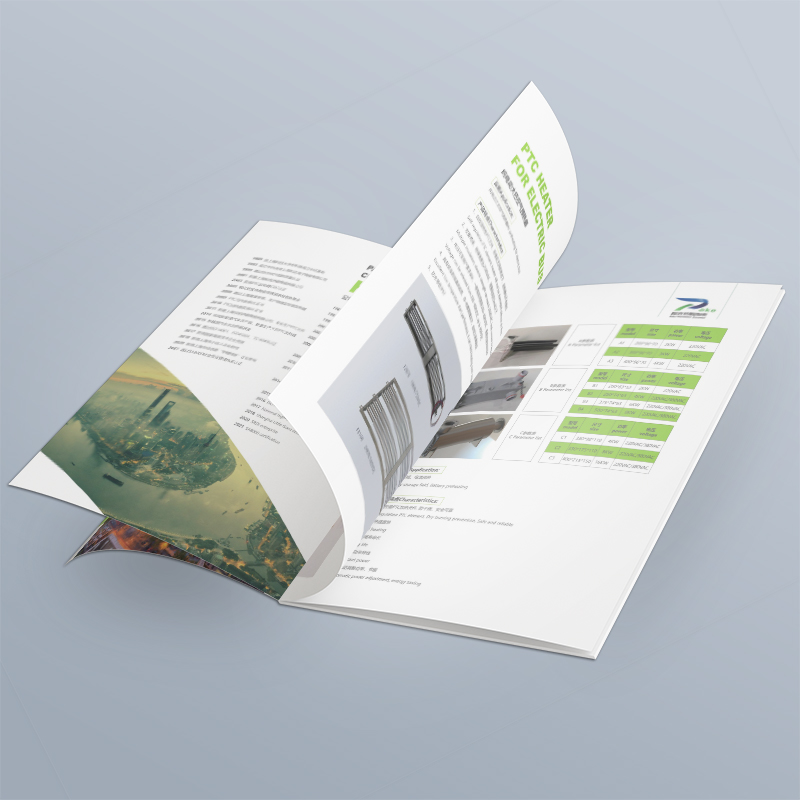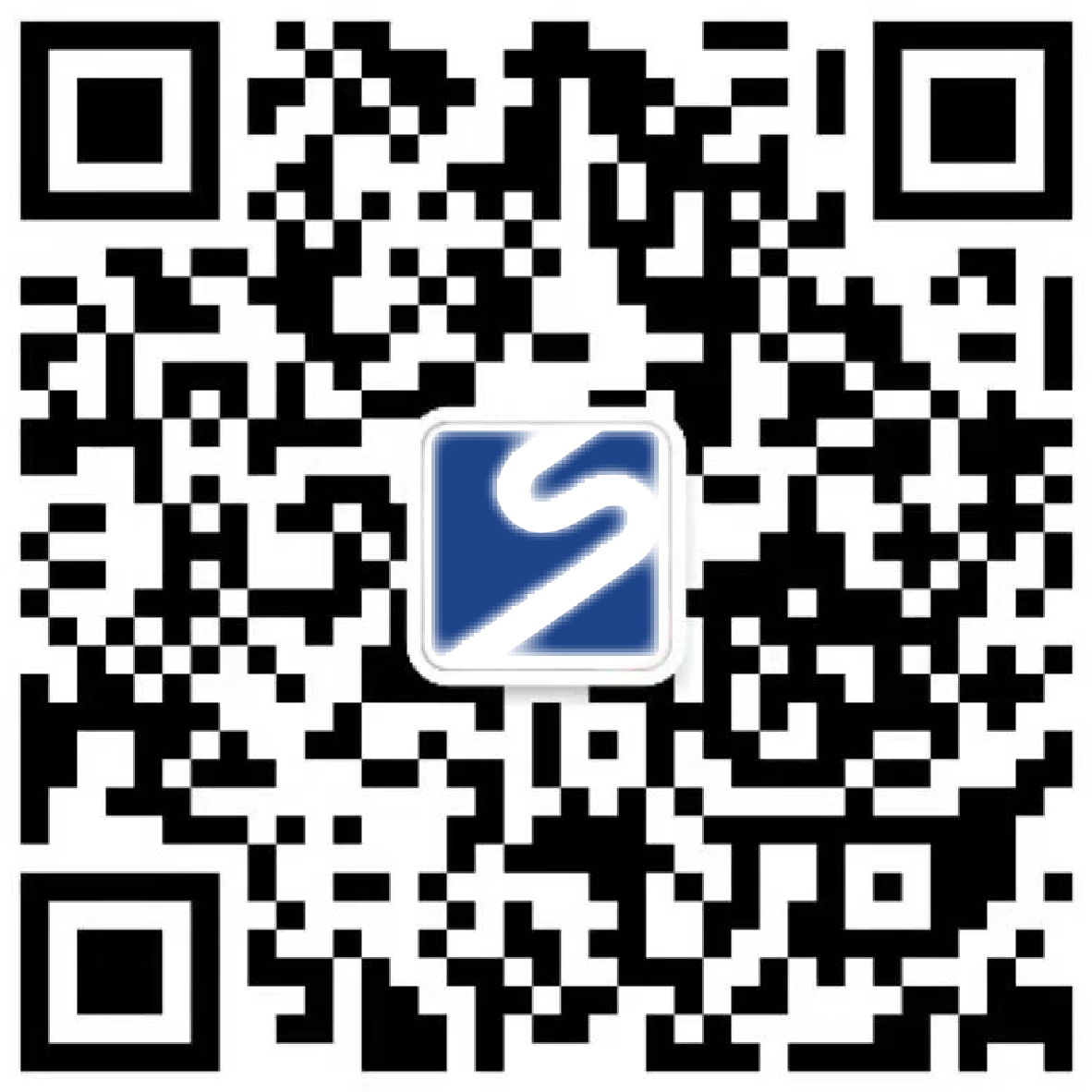Experience of album printing factory: Saddle stitching thick booklets? Be careful that the "bulging belly" in the middle ruins the image!
Last week, Lao Li of the company next door rushed into the factory with a stack of newly arrived corporate albums in his arms and snapped on the table: "Lao Wang, what the hell are you printing? Customers complained as soon as they got it! The middle of this booklet is bulging like a frog's belly, trembling when laid flat, and the brand image is completely smashed!" When I opened it, my heart skipped a beat-it was "bulging belly" again! This problem is really a nightmare for thick saddle stitching albums. Lao Li's client wanted to use this booklet to win a big order, but as a result, the booklet itself "showed its timidity" first. Do you think it's wrong? The scientific name of this "bulging belly" is spine arching. Imagine a thick saddle-stitched album (for example, the number of pages is more than 40P). When you lay it flat on the desktop, the middle spine of the book is stubbornly bulged like a hill, and it doesn't fit at all. Trying to flatten a little hard? The booklet immediately bounced back, and even the inner pages turned outward, and the sense of professionalism instantly shattered to the ground. The customer opened it with great expectation, but what greeted him was this kind of "unexpected surprise". The embarrassment and disappointment were enough to eclipse the carefully planned brand story.

Why is the elaborate thick saddle stitching album so embarrassed? The root cause lies in the collision between physical characteristics and process limitations:
The "stubborn temper" of paper is the culprit: the thicker the paper and the higher the weight (such as coated paper and art paper exceeding 128g or even 200g), the greater its own "stiffness". Imagine the difference between hard cardboard and regular A4 paper. Thick paper is naturally "hard bones" and doesn't like to be forcibly bent. During the saddle stitching process, after all the inner pages are folded in half, the spine is where the paper is forced to bend the most. The thick paper has accumulated a huge "resistance" energy here. Once the binding is completed, it can't wait to "straighten its back". This force is concentrated and released, forming an annoying arch.
Glue's "powerlessness": Saddle stitching mainly relies on metal staples to penetrate the paper for fixing, and the spine itself lacks strong bonding. Unlike glue binding or thread-locking glue binding, a lot of glue will infiltrate into the spine paper fibers, forming a strong adhesive force to "suppress" the rebound of the paper. The spine of saddle stitching, the papers are basically "independent", and the thick paper bounces back naturally and unscrupulously.
The "critical point" of folding: Each sheet needs to be folded exactly in half before saddle stitching. When the album has many pages and the paper is very thick, the accumulation thickness of the paper at the spine after folding will increase sharply. Imagine the difference between folding ten layers of newspaper and folding ten layers of cardboard. Excessive accumulation itself is difficult to obey, coupled with the rebound force of thick paper, the internal and external attack makes "belly bulging" almost inevitable.
A "gentle knife" of equipment? Some devices will put a lot of pressure when folding thick paper to ensure that the crease is clear and sharp. This is a good thing, but excessive pressure can sometimes damage the paper fibers, especially at the fold line of the spine. This damage will weaken the strength of the paper and may even aggravate its tendency to bounce in the subsequent process. At the same time, if the folding roller is not precise enough or improperly adjusted to perfectly adapt to the ultra-thick paper pile, it will also lead to uneven folding and uneven stress at the spine, laying the groundwork for "bulging belly".
As a picture album printing factory that deals with paper and ink every day, we are too aware of the lethality of "bulging belly" to customers' brand image. A beautiful picture album that should have been "facade", because it bulges in the middle, is awkward in the hand, unstable on the table, and makes a noise when looking through it-it is not professionalism and quality, but roughness and perfunctory. The budget invested by the customer, the late stay of the designer, and the carefully polished copy of the marketing department may all be ruined by this small physical defect. This is by no means alarmist!

Then, in the face of thick saddle stitching albums, how to effectively avoid the trap of "bulging belly" and ensure the high-end atmosphere of finished products? Here comes the experience of the album printing factory:
Paper selection is the first firewall: don't be fooled by the "high-grade feeling" of thick paper! Not the thicker the better. The key depends on the balance between "stiffness" and "flexibility" of the paper.
Preferred solution: For saddle stitching albums with a large number of pages (such as more than 48P), you can boldly choose paper with slightly lower gram weight but excellent texture (such as 105g-128g high-quality matte paper or art paper) for the inner pages. These papers can not only ensure good printing effect and feel, but also have much smaller rebound force after folding because of their relative "softness".
Cover Wisdom: The cover needs to be supportive and protective, and high gram weight paper (such as 250g-300g) can be used alone. The cover and inner pages adopt different weight combinations, which can not only meet the demand of overall thickness, but also significantly reduce the rebound pressure caused by the accumulation of excessively thick paper at the spine. This is a commonly used "belly-lowering" coup in professional album printing houses.
Use special materials with caution: Some art papers with particularly rough texture or special coating on the surface (such as large-area UV, convex) need special testing for their folding performance and rebound force. Be sure to communicate with the printing factory before mass production, and ask for proofing and measured results.
Binding method: change it when you need to change it, don't stuck on saddle stitching!
Page number warning: more than 32p (depending on the thickness of the paper, thick paper should be warned in advance), it is strongly recommended to give up saddle stitching! This is the law of physics. Nine times out of ten, you will "bulge your belly" when you are forced to mount the horse.
Preferred alternatives :
Thread-locking glue binding: This is the golden solution to the "bulging belly" of thick books. Through the locking thread, the book poster is firmly connected in series, and the spine is glued and reinforced to form a strong overall structure, which can effectively resist the rebound of thick paper. The finished product is flat and stable, smooth to read, spread flat at 180 degrees without pressure, and full of professionalism. Although the cost is higher than saddle stitching, it is absolutely worth investing in brand image!
PUR adhesive bonding: Using reactive polyurethane hot melt adhesive (PUR), the glue is extremely permeable, super adhesive, flexible and low temperature resistant. Especially suitable for thick paper picture albums, the spine is firmer and flatter, not easy to crack, and the effect of resisting "belly bulging" is remarkable. It is the best choice for high-end picture albums.
Saddle stitching Extreme Challenge: If the number of pages is at a critical point (e.g. 32P) and saddle stitching must be used, be sure:
The inner paper weight is reduced to the lowest acceptable range (e.g., below 128g).
Printing houses are required to use special thick paper saddle stitching equipment to ensure that the length of the stitching legs is sufficient to penetrate all paper layers and bend the legs firmly.
Pre-indentation treatment at the spine: precise pre-pressing of the spine position before folding helps to release part of the stress and reduce the rebound.
Professional equipment and craftsmanship: the devil is in the details
Precision folding is the key: thick paper folding requires extremely high equipment accuracy. A good album printing factory will be equipped with a heavy-duty, high-precision folding machine, and the pressure of the folding roller can be accurately adjusted to ensure that the folding line of thick paper is sharp and accurate, and the internal structure of the paper will not be damaged due to excessive pressure, thus reducing the rebound inducement. Even, moderate pressure is central.
"Broken ridge" pretreatment: For particularly thick or high stiffness paper, a special "fracturing" or "scratching" treatment is performed on the spine position before folding (often called "broken ridge" or "pressed ridge line" in the industry). This is equivalent to doing "minimally invasive" in advance where the paper fiber needs to be bent, which greatly reduces its "willpower" of rebound. It is one of the secret weapons of master printing factories to deal with stubborn "belly bulging". This process requires high equipment and technology.
Later shaping and flattening: The bound album must be fully flattened and shaped (using a heavy flattening machine or bundling for a period of time). Using continuous and stable pressure, the paper fibers can "accept their fate" in the new folded state, further eliminating residual stress and making the spine more docile. This link can't be lazy to steal!
Communication and proofing: killing problems in the cradle
Clear needs, don't hide them: fully communicate with your giclee printing house! Inform the exact number of pages, the type of paper and gram weight planned to be used, the desired binding method, and your strict requirements for flatness. Professional printing factories will predict the risk of "bulging belly" and propose solutions at the planning stage.
Physical proofing is the gold standard: before mass production, be sure to ask for physical proofing that covers all key processes (paper, thickness, binding)! This is the only reliable way to check the design effect, paper matching and avoid process problems such as "bulging belly". Hold it in your hand, lay it flat, flip through it and feel it for yourself. Don't just look at electronic manuscripts or digital samples!
TRUST PROFESSIONAL ADVICE: Please seriously consider when the printing house suggests that you change the paper gramming combination or binding method based on experience. They have seen too many failures, and their suggestions can often help you save money and avoid pitfalls.

A successful enterprise album is a silent salesman and a mobile brand exhibition hall. It carries the heavy responsibility of delivering value, building trust and shaping image. When customers or partners solemnly take it, the touch of fingertips, the fluency of reading, and the stability of visual presentation all silently tell the professional attitude and demanding details of the enterprise.
Although "bulging belly" is a minor problem, it is enough to make this carefully prepared "silent endorsement" instantly lose its voice. What it exposes is not the physical characteristics of paper, but the negligence of quality control and the disregard of user experience. In a highly competitive market environment, the establishment of brand image needs to be accumulated over time, and a bad physical experience may make all efforts waste.
Choosing a professional album printing factory that really knows paper, craftsmanship and binding traps is by no means just finding a "printing place". It's about whether every penny of your budget can be translated into high-quality results within reach, and whether your brand story can be deeply rooted in people's hearts through the perfect carrier. Experienced printing factories can accurately predict the risk of "bulging belly" of thick saddle stitching, and provide one-stop solutions from scientific paper ratio, optimization of binding methods to precise process execution-they know how to make every page of the album compliant, so that every appearance of the brand is full of confidence.
Next time you plan a thick and beautiful corporate album, please be sure to consider the question of "whether the spine of the book will bulge" as important as design and copywriting. With youralbum printing factoryPartners work closely together, use professionalism and details to make the brand image stand firmly, and never be "discouraged"! A flat, solid picture album with excellent reading experience is the best endorsement of your commitment to quality.



